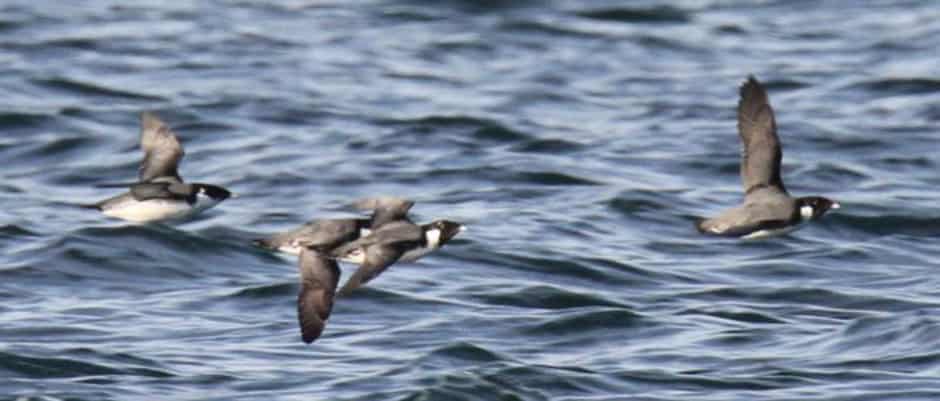Share this article
Seabirds Face Massive Decline Since the 1950s
Over the past 60 years, globally monitored seabird populations have declined about 70 percent, according to a recent study published in PLOS ONE.
Seabirds include any birds that forage primarily at the sea such as pelicans, terns, gulls, cormorants, albatross and penguins. There are 325 species of seabirds from 14 different families, and about half of these species were represented in this recent study.
As part of the study, researchers gathered literature from journal articles and reports on seabird populations that dated back to the 1950s — albeit most of the data were from the 1970s and 80s — then entered the information into a database. They found that the monitored populations that make up 19 percent of the world’s seabird populations are representative of the total 70 percent global decline of the species.
That’s a loss of about 230 million birds since the 1950s, says study co-author Michelle Paleczny who completed this research as part of her master’s at the University of British Columbia, adding that thedecline wasn’t particularly surprising. “Seabirds are threatened by a suite of different human activities in the world’s oceans,” she said.
Since the 1950s, seabirds have faced a series of threats including fisheries competing with them for food and also tangling the birds in their gear and fish hooks. Other major threats to the birds include plastic and oil pollution as well as negative impacts of climate change and the introduction of non-native predators to islands where seabirds breed. For example, rats introduced to Hawaii prey on seabirds andreduce their population. However, research has shown that removing rats and other non-native predators help seabird populations to rebound.
According to Paleczny, the public can do its part in halting this steep decline by reducing plastic pollution and fossil fuel consumption. In addition, people can lobby the government or vote in ways that would support large marine protective areas that provide refuge for seabirds. “This is particularly important for seabirds because seabirds generally have quite large ranges and lifespans,” she said. “In their lifetimes, they can encounter many different threats and can travel through many different countries.”
Seabirds rely on fish, krill and squid as their food sources — one of the most important types of fishbeing forage fish that are rich in energy including herring, anchovies and sardines. Unfortunately, people also consume these fish that seabirds need to reproduce successfully.
And seabirds are important to marine and terrestrial ecosystems, according to Paleczny. They eat and are eaten by a variety of species, and their absence would impact the food system. They also fertilize the terrestrial ecosystem with their guano that they deposit enriching the biodiversity of the components of the ecosystem, she said.
“Seabirds play an important role in how the marine food web works,” Paleczny said. “Removing seabirds from the food web would alter the overall health of the marine and coastal ecosystems.”
Header Image:
Ancient Murrelets (Synthliboramphus antiquus) soar over an ocean. In a recent study, researchers found that the world’s monitored seabird populations have declined 70 percent since the 1950s due to a number of human activities worldwide.
Image Credit: Daniel Donnecke








